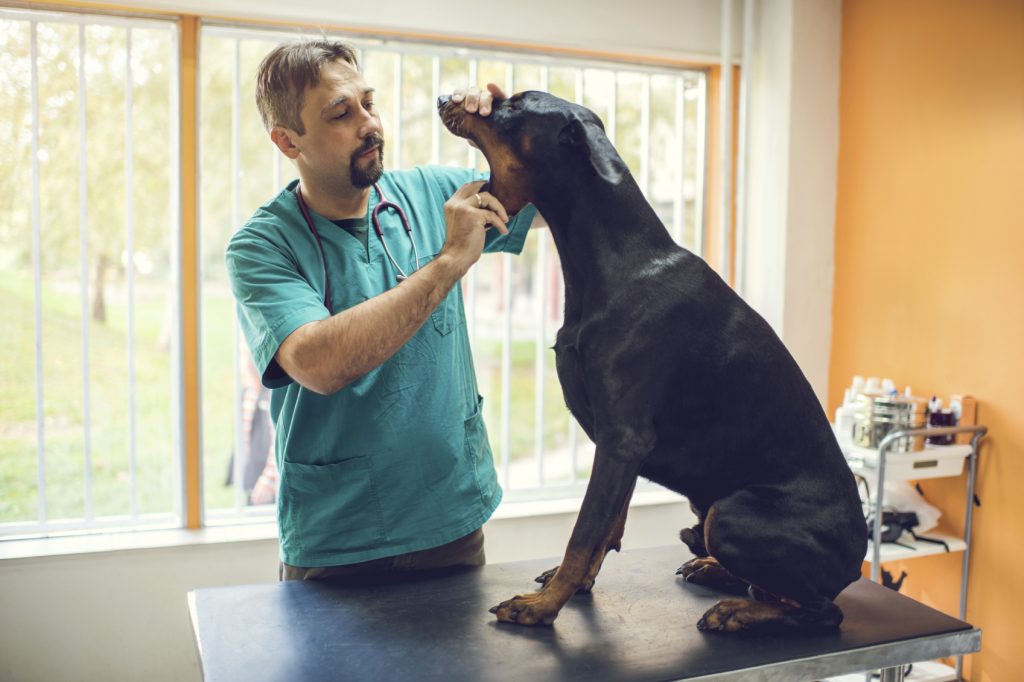 It may come as a surprise to many owners, but pet periodontal disease is one of the most commonly diagnosed conditions among cats and dogs. This is due, in part, to how easy it is to overlook the condition of your pet’s teeth and gums, as well as a lack of awareness around pet tooth brushing.
It may come as a surprise to many owners, but pet periodontal disease is one of the most commonly diagnosed conditions among cats and dogs. This is due, in part, to how easy it is to overlook the condition of your pet’s teeth and gums, as well as a lack of awareness around pet tooth brushing.
But what is periodontal disease, and how can it be prevented? Let the team at Clairmont Animal Hospital help you learn more about why pet dental care is so important to your fur friend.
An Overview of Pet Periodontal Disease
Periodontal disease is a condition resulting from the buildup of plaque and tartar. Over time, this film begins to corrode the natural enamel of the tooth, creating “pockets” between the tooth and gum. When these pockets develop, they serve as repositories for food, bacteria, and other debris.
Due to the presence of bacteria, signals are sent to the immune system, which sends white bloods cells to attack. Unfortunately, this process also harms the surrounding tissues and encourages additional buildup of plaque, tartar, and bacteria.
Along with tooth decay and gingivitis (inflammation and bleeding of the gums), periodontal disease can also lead to sepsis and other systemic illnesses. It’s also connected to heart disease, diabetes, and infections of the kidneys and liver.
Dental Disease is Often Painful
While most pet owners will notice some of the more obvious signs of dental disease, pets with this condition typically suffer in silence. Pets often mask symptoms of pain, so it’s important to be observant and take note of any abnormal behaviors or activity.
If you’ve ever experienced a toothache, you can understand how conditions such as periodontal disease can wreak havoc on your pet’s quality of life. Along with physical symptoms like tooth discoloration, inflammation, and bad breath, owners may also notice behavioral changes, such as:
- Difficulty eating or disinterest in kibble
- “Grumpiness” or aggression
- Hiding
- Rubbing face or pawing at mouth
- Lethargy
Prevention Begins at Home
Along with maintaining annual wellness exams, start your furry friend off on the right paw by using prevention techniques for good oral health:
- Brush your pet’s teeth daily (or at least a few times a week) using an enzyme based, pet-specific toothpaste and brush.
- Feed your pet a quality diet, avoiding table scraps and one-too-many treats. There are some great prescription diets for those with existing dental issues (ask us for recommendations!).
- Certain dental chews like Nylabones and Greenies can be beneficial, but do not replace the need for tooth brushing.
- Check your pet’s teeth and gums weekly for signs of discoloration, bleeding, loose or worn teeth, or inflammation.
Because the majority of dogs and cats have some form of dental disease, annual cleanings are recommended. To learn more about the benefits of veterinary dentistry or to schedule an appointment, please give us a call.

